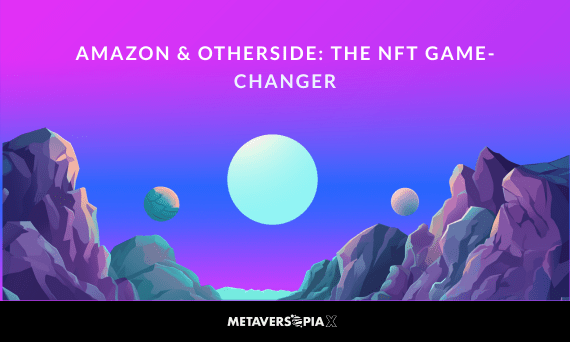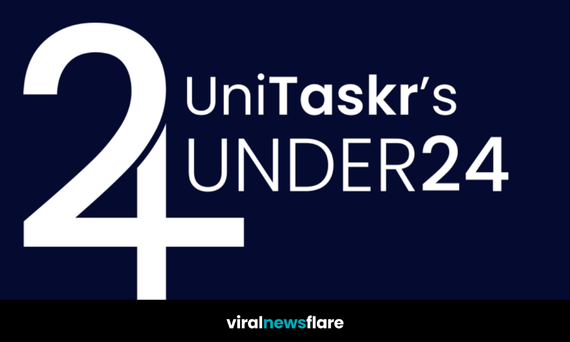
Gold Meets XRP: The Quiet Revolution in Global Finance
Something big is happening behind the scenes of global finance — and it’s not getting the headlines it deserves. Around the world, powerful institutions are quietly rebuilding the foundations of money by merging two very different forces: gold, the timeless symbol of value, and XRP, the lightning-fast digital asset designed for real-time payments.
This unlikely pairing signals a quiet revolution — one that blends traditional financial trust with digital-era efficiency. While retail investors chase short-term gains, central banks, hedge funds, and large-scale payment providers appear to be designing an entirely new infrastructure, where gold gives value its anchor and XRP provides the rails to move it instantly.
Gold’s Timeless Role in a Changing Economy
For centuries, gold has been the ultimate store of value. Empires have risen and fallen, currencies have come and gone, but gold has remained a universal standard of trust. It doesn’t rely on a nation’s economy or a bank’s promise — it holds intrinsic worth.
In recent years, central banks have once again been turning to gold. Global data shows that reserves are increasing at record levels, with several nations actively reducing their exposure to the US dollar. The reasoning is simple: in times of uncertainty, gold provides stability. It resists inflation, retains value across borders, and cannot be printed into existence.
As the global monetary system continues to shift — particularly amid inflation concerns and digital innovation — gold is quietly reclaiming its seat at the financial table. But this time, it’s being paired with something entirely new.
Enter XRP: The Digital Bridge Asset
XRP, the native token of the XRP Ledger (XRPL), was designed with one clear purpose — to move value across the world in seconds. Unlike Bitcoin, which focuses on decentralisation and scarcity, XRP prioritises speed, liquidity, and compliance-friendly functionality.
Financial institutions are increasingly recognising XRP’s potential to serve as a bridge asset between different currencies and even between traditional and digital systems. Its ledger is open, programmable, and energy-efficient — an important consideration for banks under pressure to meet sustainability goals.
The XRPL also offers advanced tools like tokenisation, regulated asset support, and compliance controls, which make it more appealing to the institutional world than many other blockchains. Instead of replacing traditional systems, it complements them — enhancing what already exists and improving how money moves globally.
The Gold–XRP Synergy
So why are gold and XRP being mentioned together so often in financial circles? The answer lies in their complementary strengths.
Gold represents value stability. It’s tangible, historically proven, and trusted across generations. XRP represents value movement — it’s digital, borderless, and incredibly efficient. Together, they form a hybrid model that could reshape how large-scale settlements work.
Imagine a system where a bank or government tokenises its gold reserves on the XRPL. Those gold-backed tokens could be transferred globally within seconds, settled via XRP, and audited in real time on a transparent ledger. It would combine the credibility of gold with the efficiency of blockchain — a fusion that’s both old-world secure and new-world smart.
This kind of infrastructure could reduce dependency on the US dollar, cut cross-border fees dramatically, and increase liquidity between nations. It’s not speculation — it’s the foundation of a digitally anchored financial system that’s already being tested in pilot programmes around the world.
Why Institutions Are Moving Quietly
Retail crypto investors often look for loud announcements and overnight success stories. Institutions, on the other hand, build in silence. They focus on long-term infrastructure — the kind that underpins entire economies rather than fuels hype cycles.
There are good reasons for this quiet approach.
-
Regulatory sensitivity: Major financial players don’t move until regulations are clear. Many are testing XRP-based settlement systems privately while awaiting international guidelines.
-
Competitive advantage: The first institutions to perfect gold-backed digital settlement systems will have a huge lead in global trade efficiency.
-
Market stability: Large-scale adoption of XRP-based systems could have major implications for currency flows. Moving slowly helps avoid market shocks.
In short, the silence isn’t hesitation — it’s preparation.
Rebuilding Finance from the Ground Up
This isn’t just a technological upgrade — it’s a philosophical shift. The fusion of gold and XRP suggests a world where trust and technology are equally important. Traditional finance offers legitimacy but lacks efficiency. Crypto offers speed but often lacks stability. The gold–XRP partnership bridges that gap.
It also opens doors for new possibilities:
-
Instant settlements: Transactions backed by real assets, cleared in seconds.
-
Transparent reserves: Gold holdings visible on blockchain-based ledgers.
-
Cross-border cooperation: Financial institutions working on common digital standards instead of siloed networks.
-
Reduced reliance on the dollar: A gradual shift towards multi-asset reserve systems.
Step by step, this hybrid model could rebuild finance into something fairer, faster, and more transparent than ever before.
The Roadblocks Still Ahead
Of course, no transformation comes without challenges. For the gold–XRP vision to fully take shape, several hurdles need addressing.
-
Regulatory clarity: Governments must agree on how tokenised assets and cross-border settlements will be treated legally and fiscally.
-
Technical integration: Legacy banking systems need upgrading to connect with blockchain-based ledgers.
-
Market education: Many still view digital assets through a speculative lens, missing their infrastructural potential.
-
Global cooperation: Countries must align standards to ensure interoperability and security.
Despite these barriers, the momentum is building. The technology already exists. The institutions are preparing. It’s a matter of when, not if, this new model becomes the norm.
What This Means for Investors and Observers
For everyday investors, the key takeaway is not to chase short-term volatility but to understand the underlying transformation. Institutional adoption of gold-backed digital systems could redefine how assets are stored, traded, and valued.
We could see:
-
Gold tokenisation becoming standard practice.
-
XRP serving as the global liquidity bridge for real-world assets.
-
Banks reducing settlement times from days to seconds.
-
A multi-asset, multi-currency world no longer dominated by a single reserve standard.
Those who understand these developments early will be better positioned to navigate — and benefit from — this quiet revolution.
Final Thoughts: The Dawn of a Hybrid Financial Era
The gold–XRP connection isn’t a passing trend — it’s the beginning of a profound structural shift. Gold brings timeless trust; XRP brings future-ready technology. Together, they could form the backbone of a global financial system that’s faster, fairer, and more resilient than ever before.
While retail attention often flocks to hype cycles, institutional change happens gradually and silently. But make no mistake — the world of money is being rewritten, not in headlines, but in data centres, vaults, and digital ledgers across the globe.
It’s a quiet revolution — and it’s already underway.















